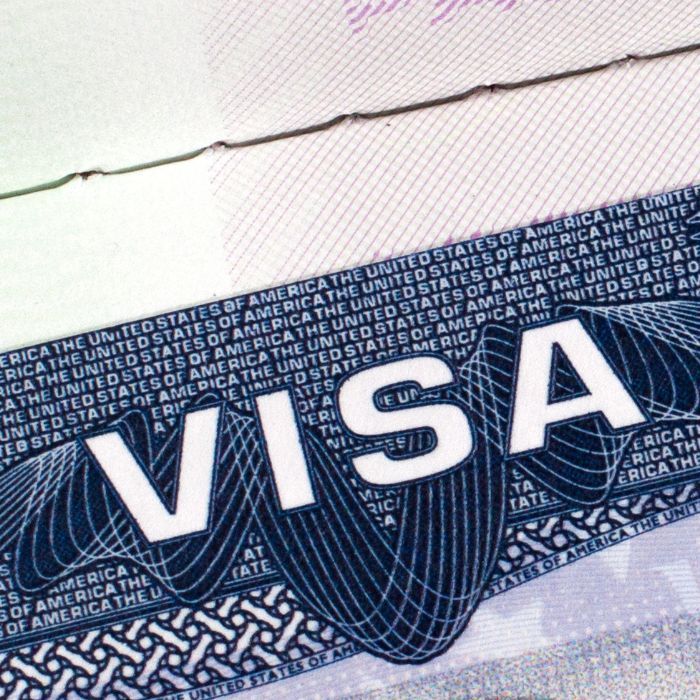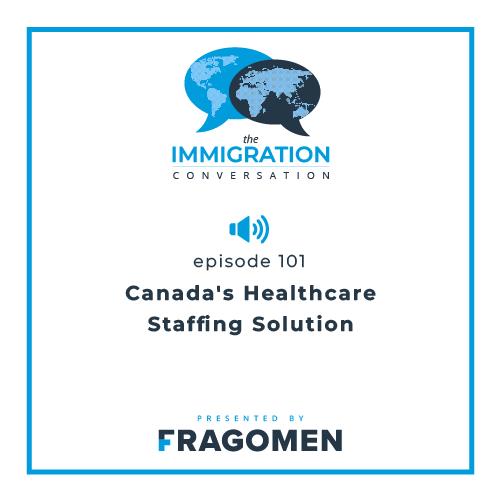
Countries / Territories
- 🌐
Related offices
Related content
Related offices
Related content
The Home Office announced on 18 July that over 900,000 people have applied to the EU Settlement Scheme. But that is still less than a quarter of the estimated 3.7 million EU citizens living in the UK.
With no-deal Brexit legally mandated in absence of further legislation and Brexit being just over three months away, it is advisable for EU citizens in the UK and their family members to apply under the scheme.
The EU Settlement Scheme has been rolled out to help regularise the UK immigration status of EU nationals and their family members post-Brexit. It gives effect to the settlement on Citizens’ rights in the Withdrawal Agreement and allows EU nationals and relevant family members who have completed a qualifying period of residence in the UK (usually 5 years) to now obtain settled status (permanent residence) provided they have not subsequently been absent from the UK for a continuous period of more than 5 years.
But as the EUSS is currently designed, individuals must make an application in order to benefit from it. Moreover, the scheme is time-limited. If eligible individuals do not make an application, they will not (as matters stand) benefit from the scheme. This potentially means they could be refused entry to or asked to leave, the UK in the future.
The window of opportunity for an application will not remain open for long. It is planned that if there is a ‘no deal’ Brexit, the scheme would remain open to applications until 31 December 2020, and up until 30 June 2021 if the UK leaves with a deal.
But the class of potential beneficiaries of the scheme is more extensive than is generally recognised. EU / EEC nationals have been able to move more or less freely to the UK since 1973. There has therefore now been a continuous period of more than 46 years during which families may have moved back and forth. The number of potential beneficiaries is therefore very large. For example, a French national who resided in the UK for a continuous 5-year period starting in 1983, emigrated in 1988, and who has had only occasional day trips back to the UK since that time, would now qualify for settled status, provided there is no single absence in excess of 5 years since they emigrated. The same would apply to those who were residing with them in the UK as their family members, at the relevant time. These beneficiaries may now be living anywhere in the world.
It is difficult to know how many beneficiaries are now living outside the UK. But net emigration of EU citizens from the UK over the last 10 years alone has varied between 80,000 and 140,000 per year. Given this, it is reasonable to expect that emigration occurred in the hundreds of thousands or more likely millions. It is also likely that a significant percentage, if not a large majority, of these people, are unaware either that they can apply under the scheme, or that the opportunity to apply is time-limited.
What will happen if an eligible individual fails to apply in time? In the case of overseas beneficiaries, this may only become of concern once they form the intention to return to the UK. The Withdrawal Agreement does permit under Article 18 the UK both to require an application from the individuals concerned and to impose a time limit for doing so, so these features of the scheme are in principle lawful, however, Article 18(d) provides that late registration must be permitted ‘… if there are reasonable grounds for the failure to respect the deadline…’. If the agreement on Citizens’ rights is incorporated into UK law in the future, this clause is likely to form the subject of litigation.
You can get Brexit updates on the Fragomen microsite here and access the EU Settlement Scheme here or you can contact me directly at [email protected] to learn more about options for regularising your immigration status in the UK and securing your future right to return.
Countries / Territories
- 🌐
Related offices
Related content
Related offices
Related content
Explore more at Fragomen

Blog post
The UK expands its High Potential Individual (HPI) visa for 2025, broadening eligibility for global graduates and entrepreneurs while introducing new requirements and application caps

Video
The latest Mobility Minute features Manager Alex Hood discussing recent updates to the UK’s High Potential Individual route, including expanded university eligibility, a new annual cap and modernized governance measures.

Media mentions
Managing Partner for the Middle East and Africa Murtaza Khan discusses how the UAE’s flexible migration policies attract talent and support a competitive labour market.

Media mentions
Senior Counsel Mitch Wexler notes that the US expansion of social-media screening to H-1B and H-4 visa applicants will involve a more detailed review of their online activity.

Media mentions
Partner Edward Raleigh highlights the need for companies to prepare for increased H-1B enforcement and ensure compliance with US worker requirements.

Video
In this Mobility Minute, Associate Rebeca Lafond outlines key considerations for international travel to the United States during the holiday season, including documentation requirements, visa processing expectations and enhanced screening on entry.

Media mentions
Partner K. Edward Raleigh explains that the Department of Labor’s Project Firewall expands H-1B oversight beyond individual complaints and increases the scope of employer compliance reviews.

Media mentions
UK Government Affairs Strategy Director Shuyeb Muquit examines how proposed settlement reforms could reshape the path to UK residency by extending qualifying periods and linking eligibility to individual contribution.

Podcast
Partner Cosmina Morariu and Business Immigration Manager Ayana Ibrahimi discuss critical immigration strategies underpinning healthcare-sector staffing in Canada, unpacking how recent policy, mobility and compliance developments are affecting employers and global talent pipelines.

Awards
Fragomen named Private Client Team of the Year at The British Legal Awards 2025, recognising the strength of our UK Private Client practice.

Media mentions
Partner Daniel Brown highlights rising deceptive practices in immigration and emphasizes stronger verification and compliance measures for employers.

Media mentions
Senior Manager Louise Senior highlights how proposed UK reforms could expand right to work checks across hospitality and reshape compliance for businesses.

Blog post
The UK expands its High Potential Individual (HPI) visa for 2025, broadening eligibility for global graduates and entrepreneurs while introducing new requirements and application caps

Video
The latest Mobility Minute features Manager Alex Hood discussing recent updates to the UK’s High Potential Individual route, including expanded university eligibility, a new annual cap and modernized governance measures.

Media mentions
Managing Partner for the Middle East and Africa Murtaza Khan discusses how the UAE’s flexible migration policies attract talent and support a competitive labour market.

Media mentions
Senior Counsel Mitch Wexler notes that the US expansion of social-media screening to H-1B and H-4 visa applicants will involve a more detailed review of their online activity.

Media mentions
Partner Edward Raleigh highlights the need for companies to prepare for increased H-1B enforcement and ensure compliance with US worker requirements.

Video
In this Mobility Minute, Associate Rebeca Lafond outlines key considerations for international travel to the United States during the holiday season, including documentation requirements, visa processing expectations and enhanced screening on entry.

Media mentions
Partner K. Edward Raleigh explains that the Department of Labor’s Project Firewall expands H-1B oversight beyond individual complaints and increases the scope of employer compliance reviews.

Media mentions
UK Government Affairs Strategy Director Shuyeb Muquit examines how proposed settlement reforms could reshape the path to UK residency by extending qualifying periods and linking eligibility to individual contribution.

Podcast
Partner Cosmina Morariu and Business Immigration Manager Ayana Ibrahimi discuss critical immigration strategies underpinning healthcare-sector staffing in Canada, unpacking how recent policy, mobility and compliance developments are affecting employers and global talent pipelines.

Awards
Fragomen named Private Client Team of the Year at The British Legal Awards 2025, recognising the strength of our UK Private Client practice.

Media mentions
Partner Daniel Brown highlights rising deceptive practices in immigration and emphasizes stronger verification and compliance measures for employers.

Media mentions
Senior Manager Louise Senior highlights how proposed UK reforms could expand right to work checks across hospitality and reshape compliance for businesses.

